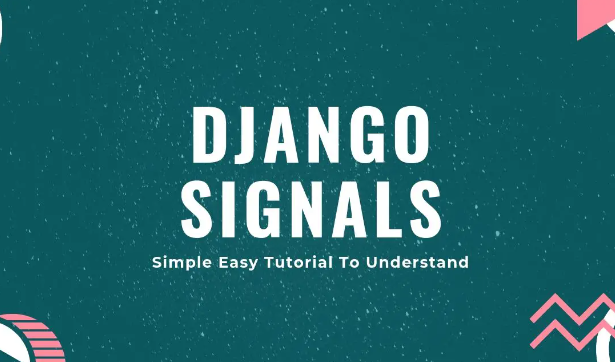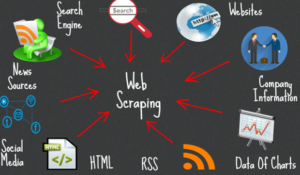Title: Django Signals: Handling Events and Notifications
Introduction:
Django signals provide a robust mechanism for handling events and notifications within your Django application. Signals allow decoupled communication between different components of your application, enabling you to respond to specific actions or events. In this article, we will explore how to effectively use Django signals to handle events and notifications, enabling seamless communication and event-driven workflows.
- Understanding Django Signals:
- Introduction to Django signals and their purpose in event-driven architectures
- Exploring the different types of signals (pre-save, post-save, pre-delete, post-delete, etc.)
- Understanding the signal dispatching mechanism in Django
- Creating Signal Handlers:
- Defining signal handlers as Python functions or methods
- Registering signal handlers to specific signals using decorators or explicit registration
- Implementing signal handlers for various events in your Django models or other components
- Available Signals in Django:
- Exploring common signals provided by Django, such as pre-save, post-save, pre-delete, post-delete, etc.
- Understanding the purpose and usage of each signal type
- Leveraging built-in signals to handle common scenarios in your application
- Custom Signal Definition:
- Defining custom signals specific to your application’s requirements
- Creating custom signal classes or using Django’s
Signalclass - Implementing custom signal handlers to respond to custom events
- Signal Dispatching and Receivers:
- Understanding how signals are dispatched and received in Django
- Configuring receivers to handle specific signals
- Specifying receiver functions or methods to execute when a signal is emitted
- Handling Common Use Cases with Signals:
- Implementing workflows triggered by signals, such as sending notifications, updating related models, or performing additional actions
- Examples of common use cases: sending emails on user registration, updating related statistics on model changes, triggering post-save actions, etc.
- Testing Signal Handlers:
- Writing unit tests to ensure signal handlers are triggered correctly
- Simulating signal emissions and verifying expected behavior
- Mocking dependencies and isolating signal handler tests
- Signal Middleware:
- Implementing middleware to intercept signals and perform additional actions
- Modifying signal behavior or data before or after signal handling
- Examples of middleware use cases: logging, data manipulation, or authentication checks
- Signal Exceptions and Error Handling:
- Handling exceptions within signal handlers
- Gracefully handling errors and logging failures
- Implementing fallback strategies when signal handling encounters errors
- Best Practices and Considerations:
- Avoiding excessive signal usage and potential performance impacts
- Organizing and documenting signal handlers for maintainability
- Understanding the limitations and scope of signals in Django
Conclusion:
Django signals provide a powerful mechanism for handling events and notifications within your Django application. By leveraging signals, you can create decoupled and event-driven workflows, responding to specific actions and events with ease. By following the best practices and guidelines outlined in this article, you can effectively utilize Django signals to streamline communication, implement complex workflows, and enhance the functionality and flexibility of your Django application.




